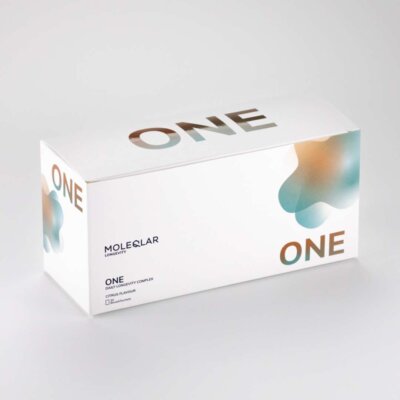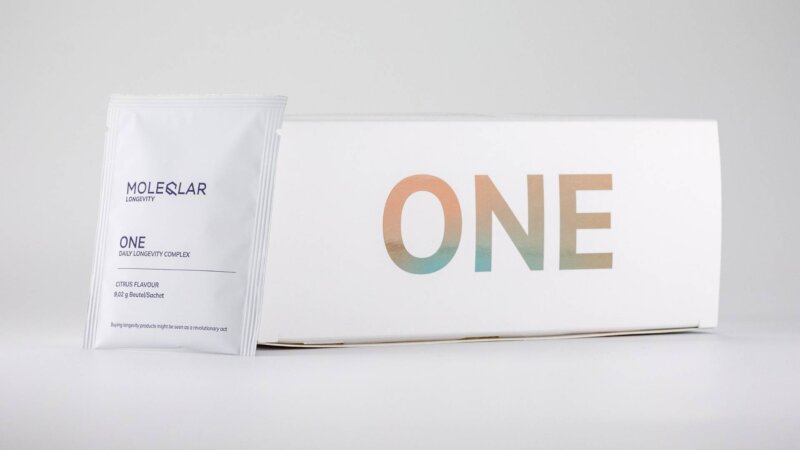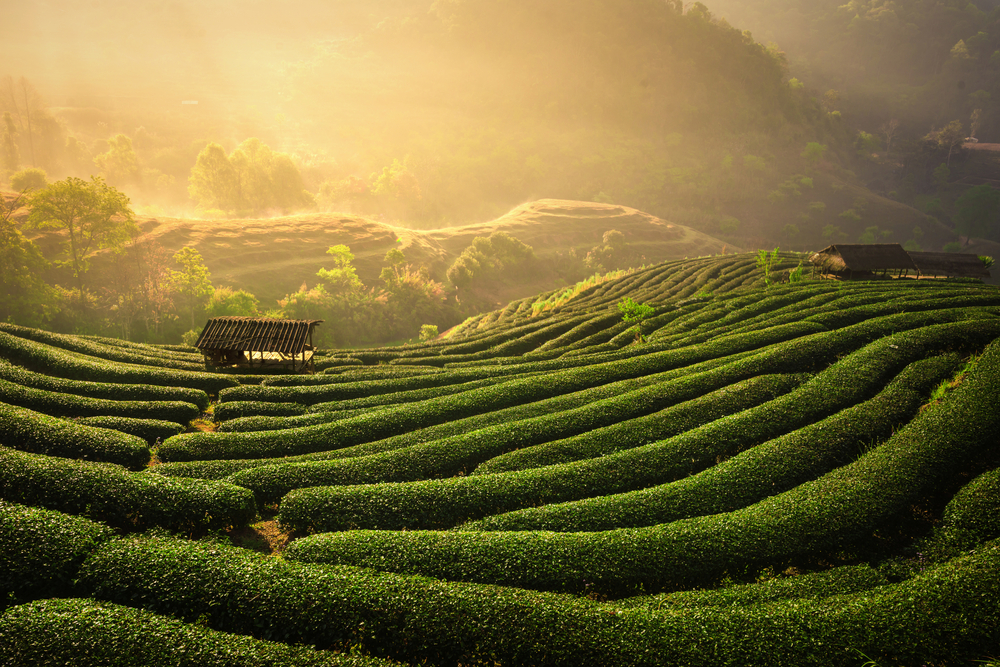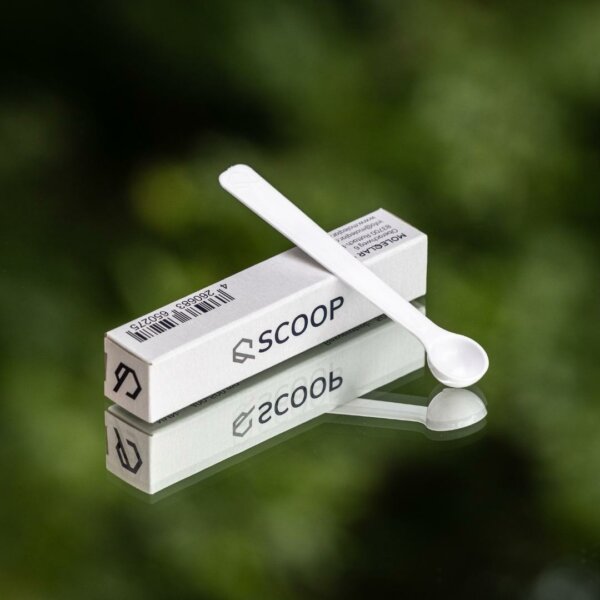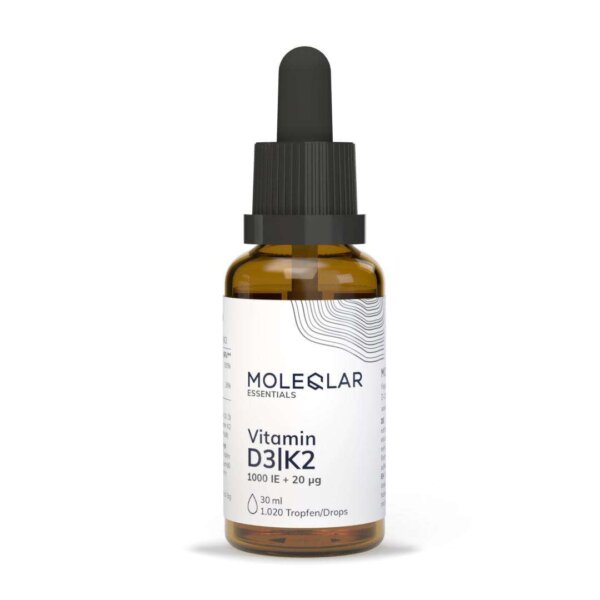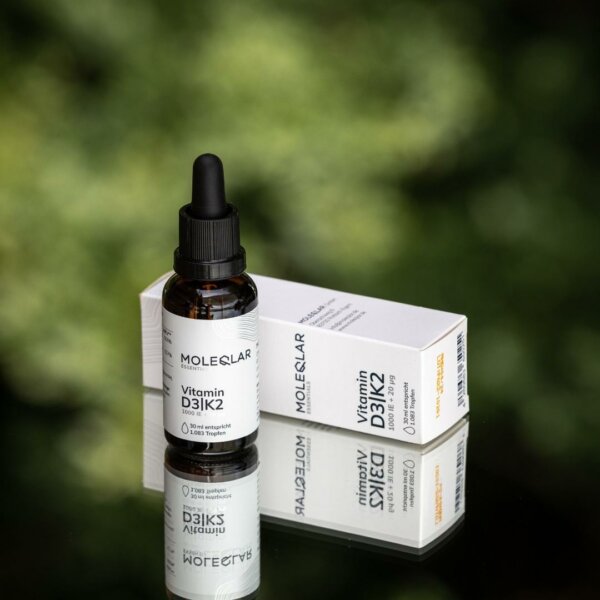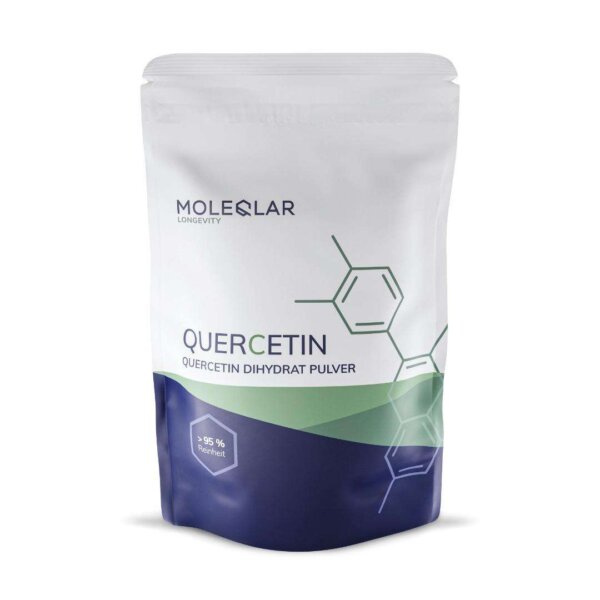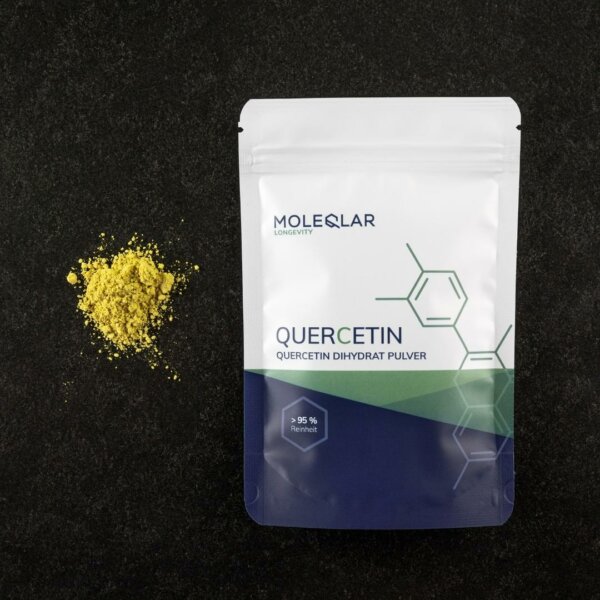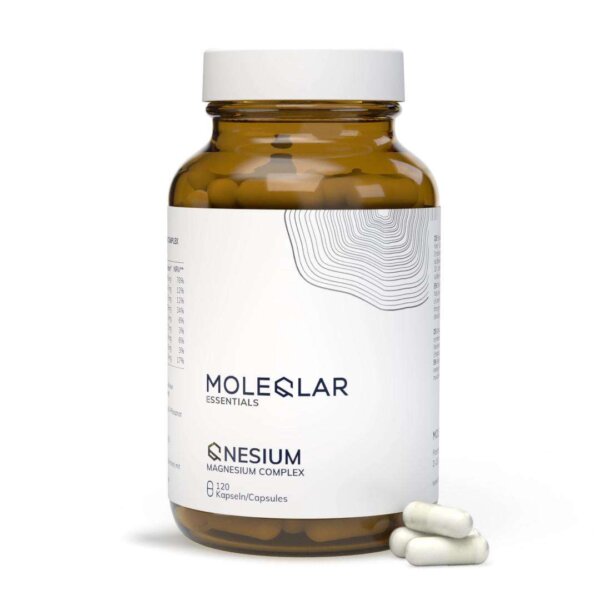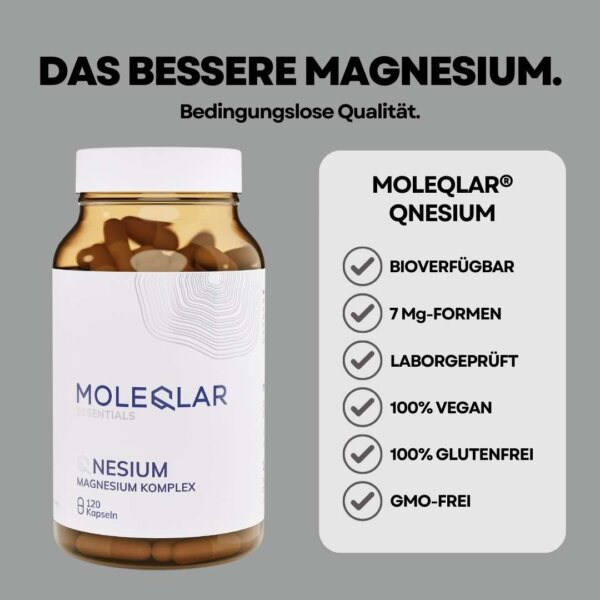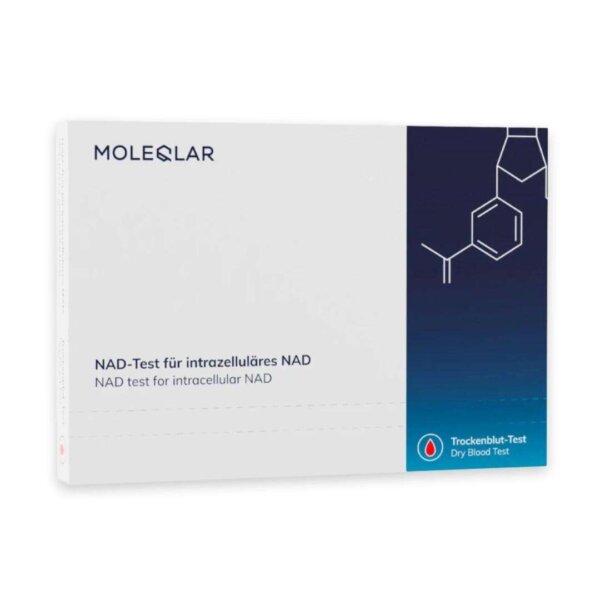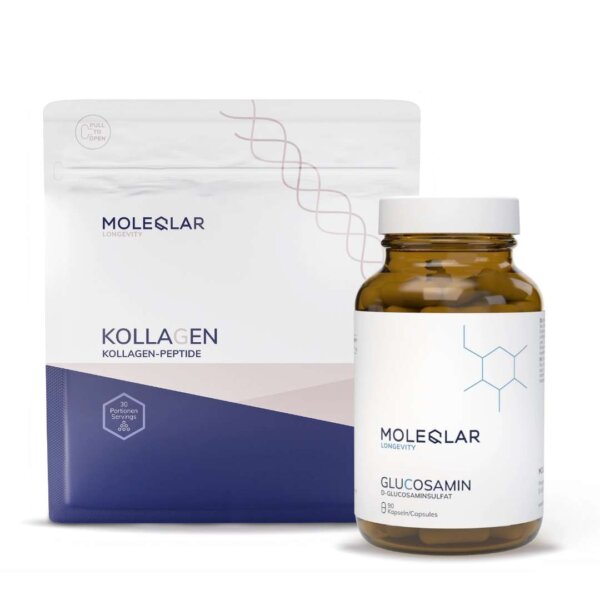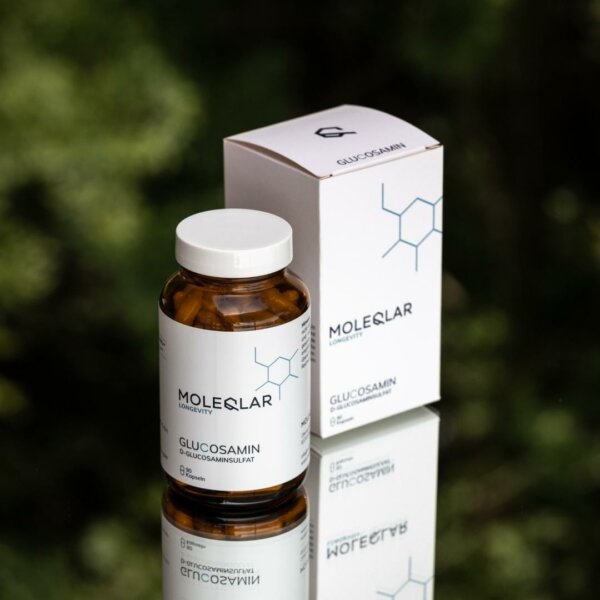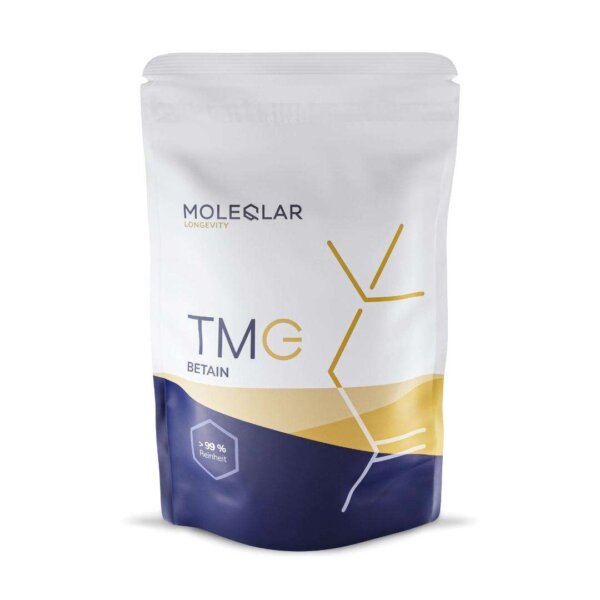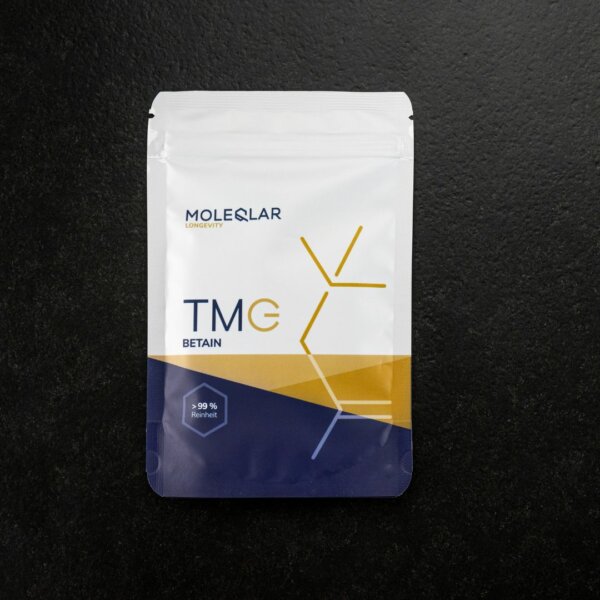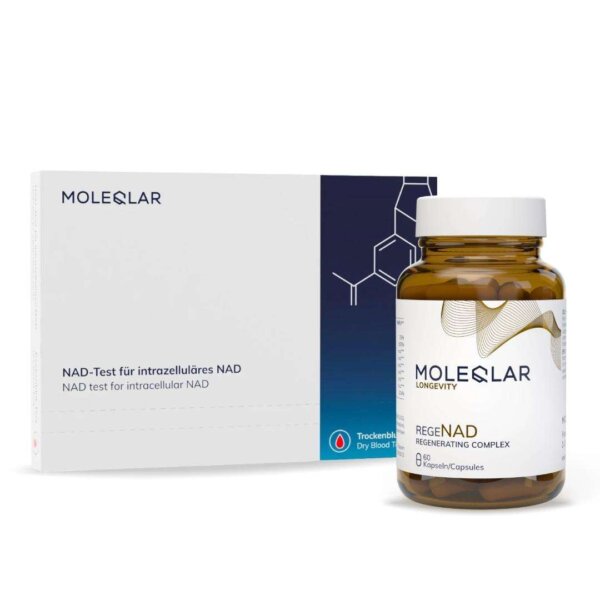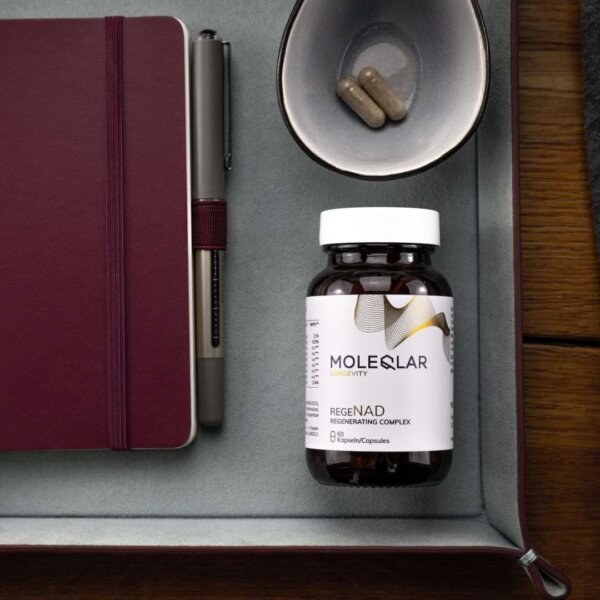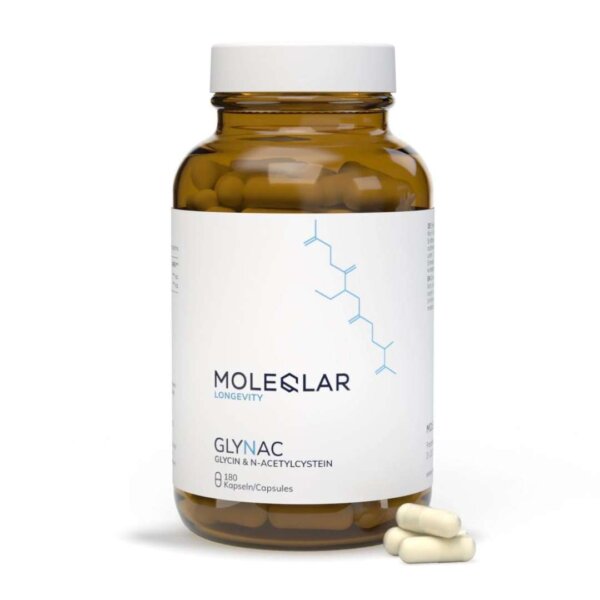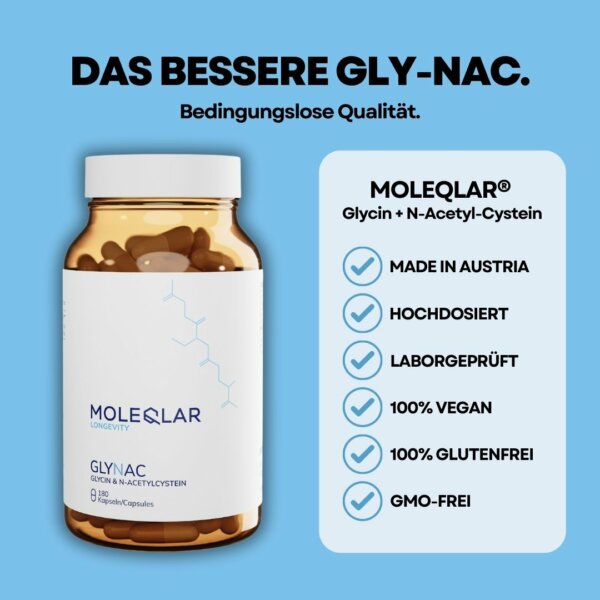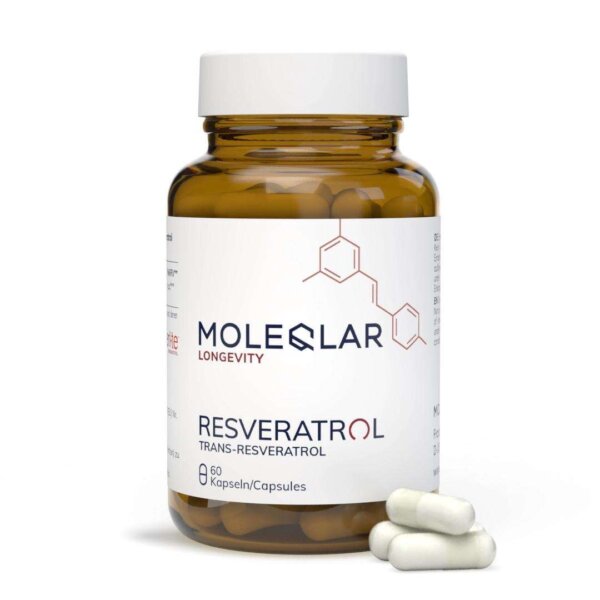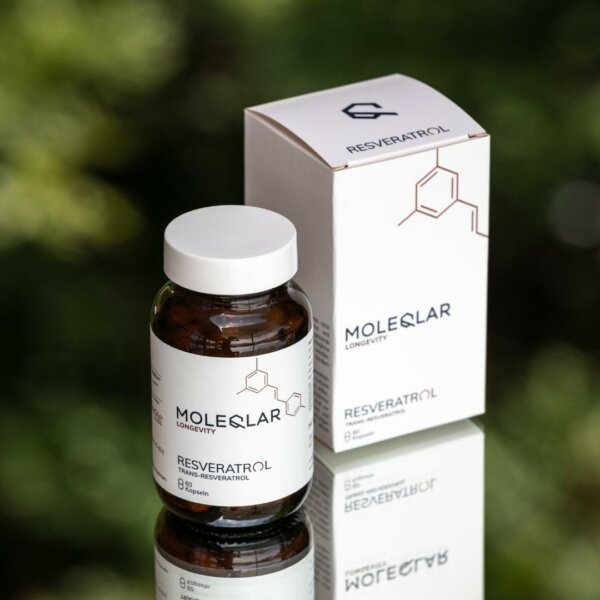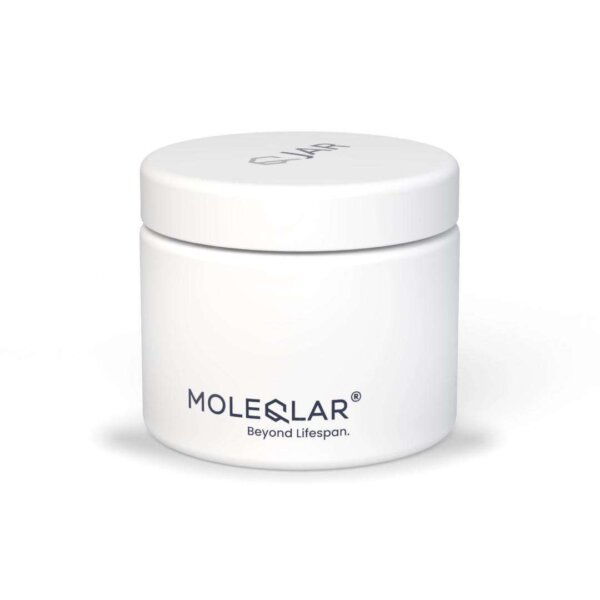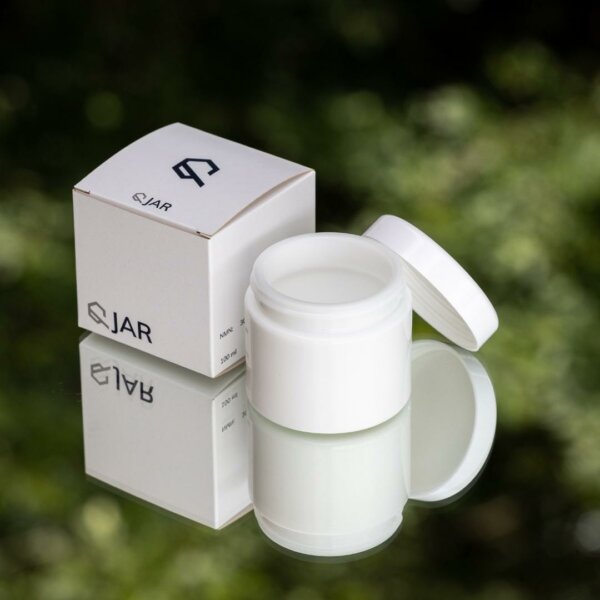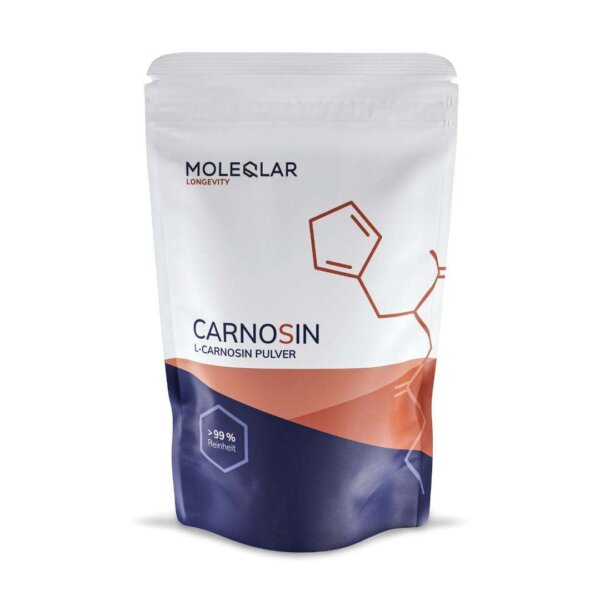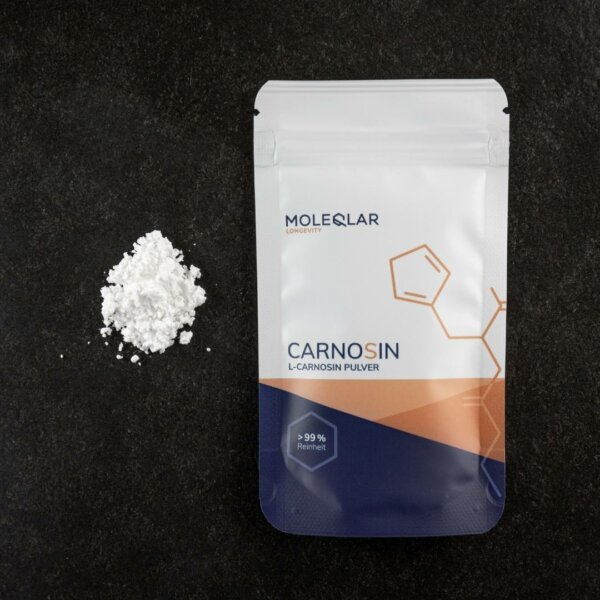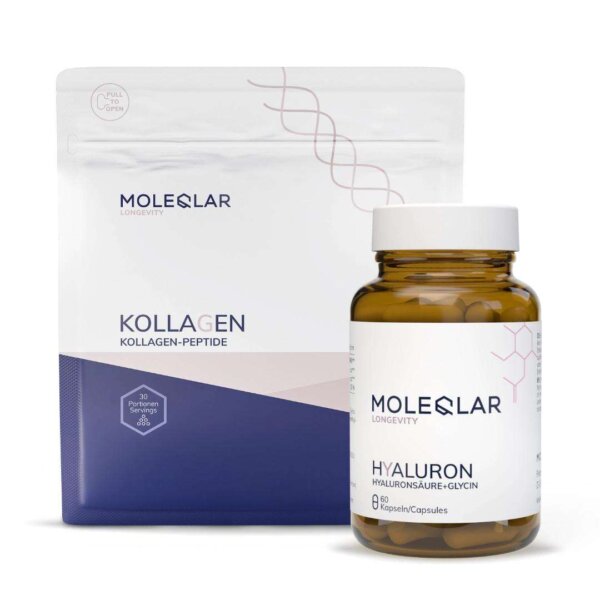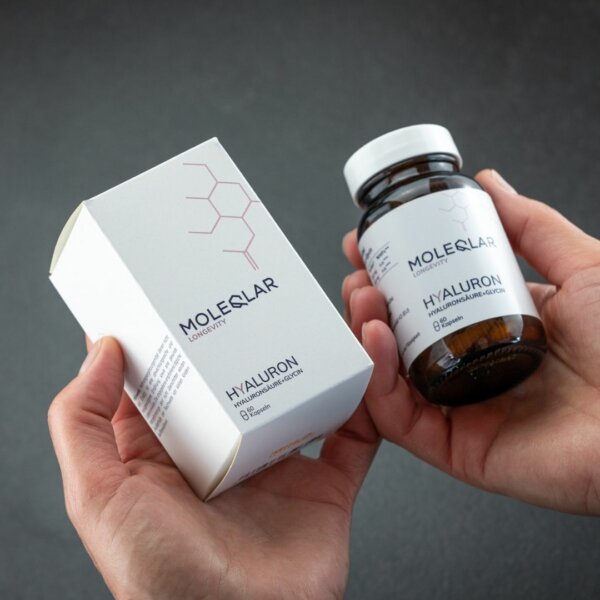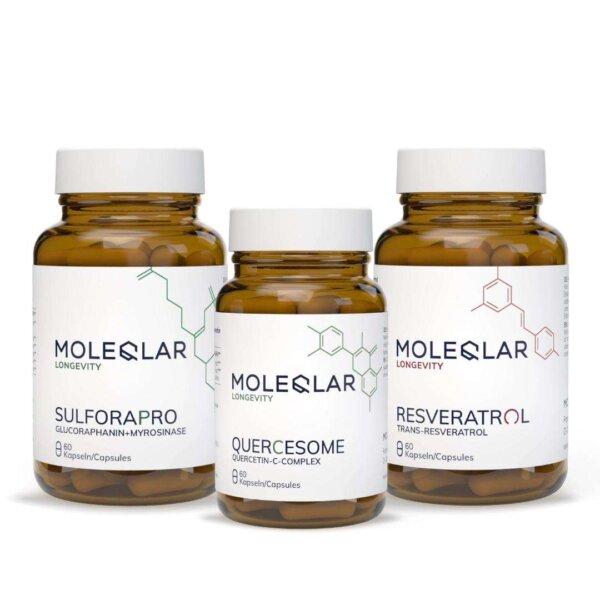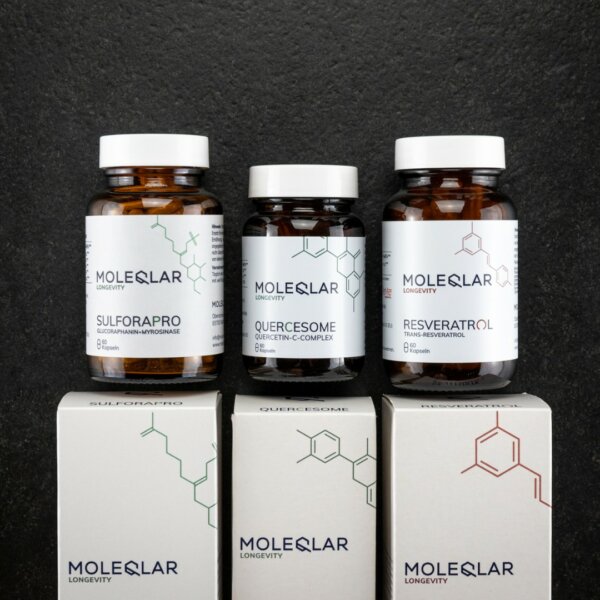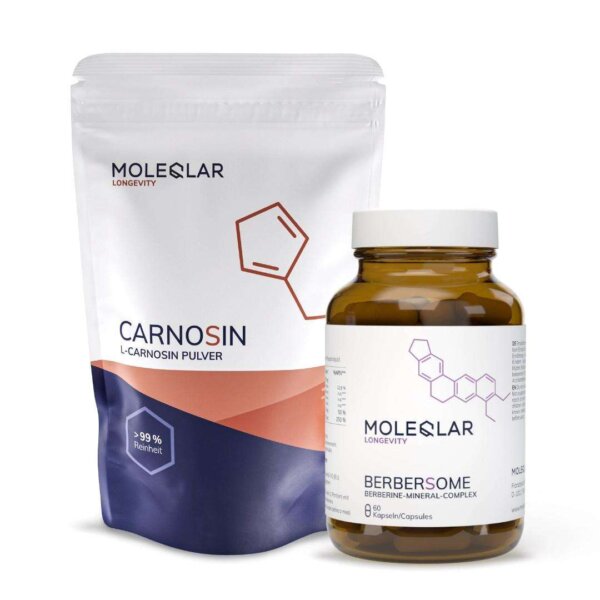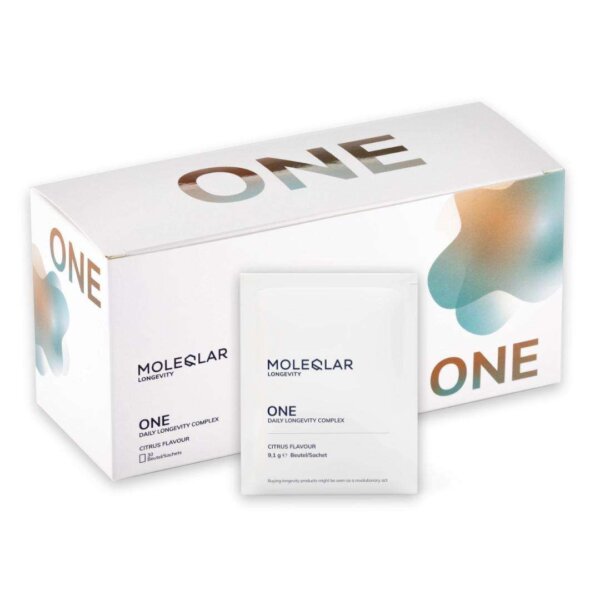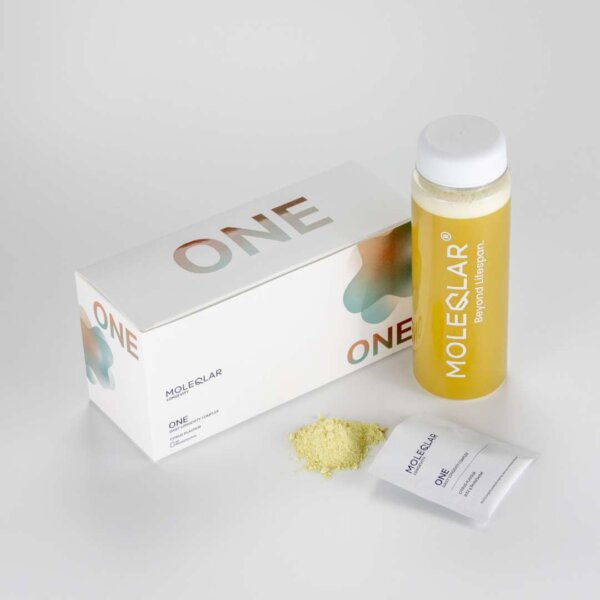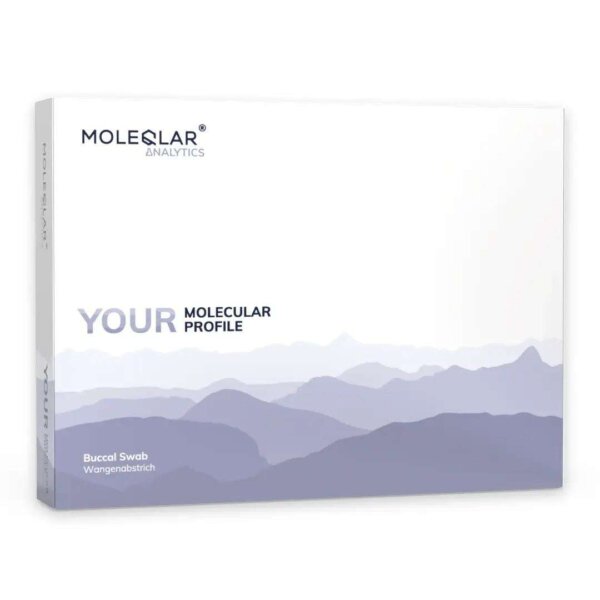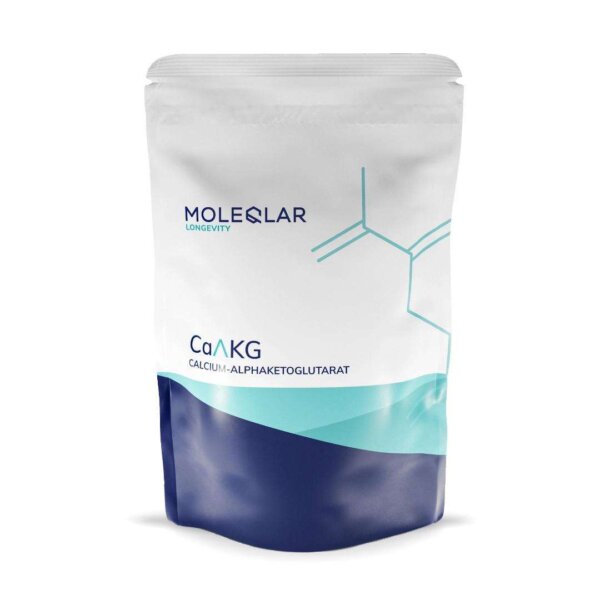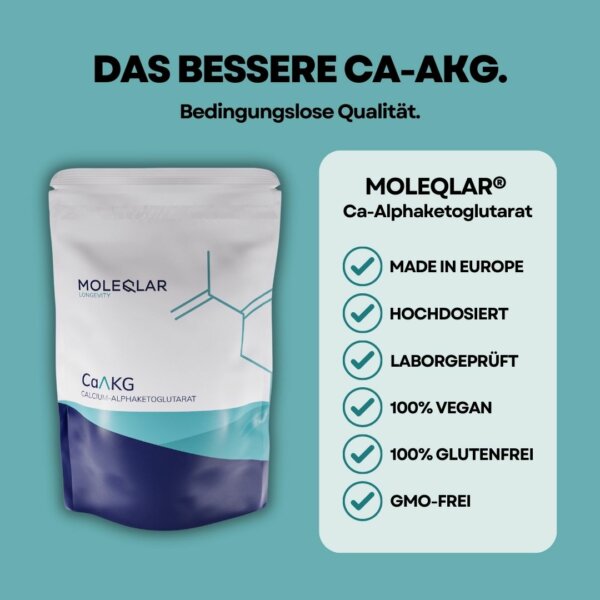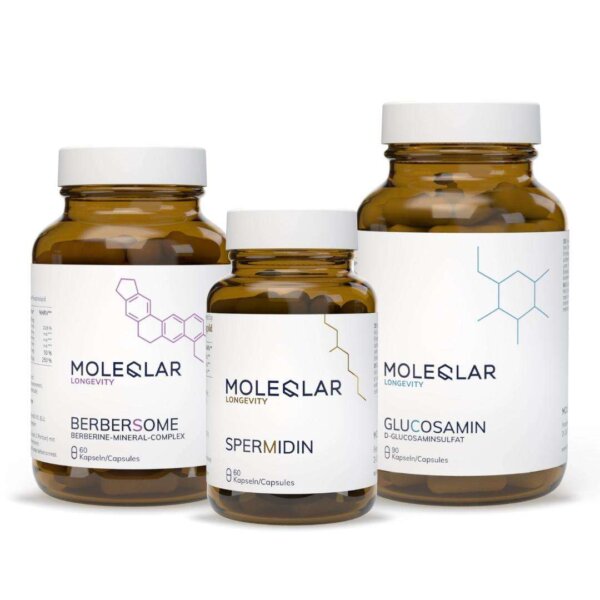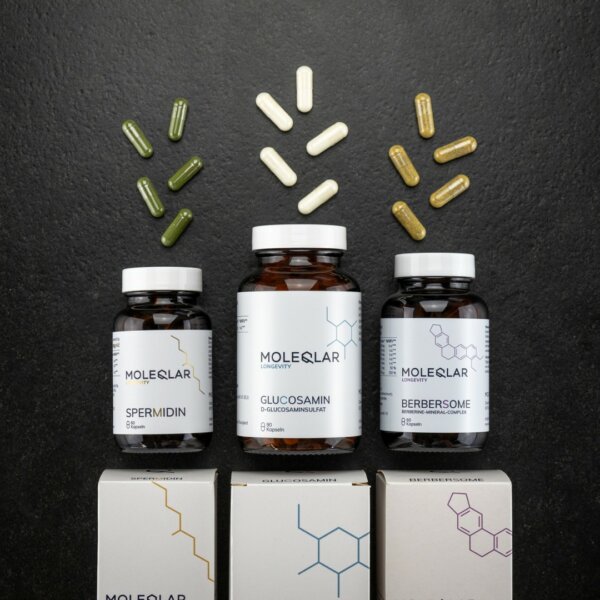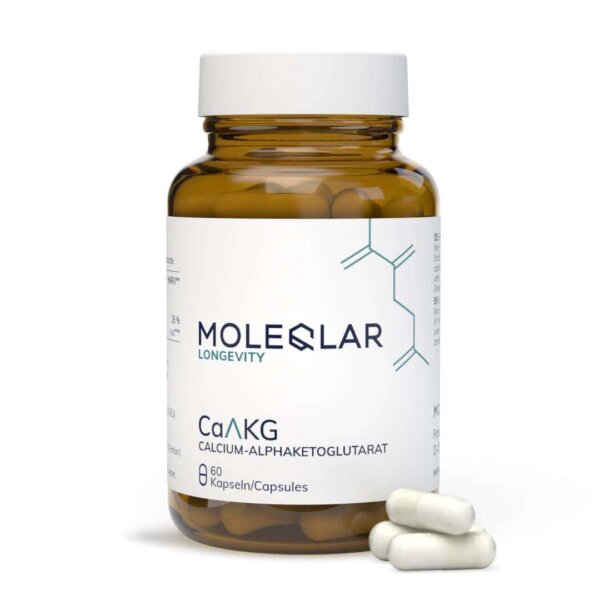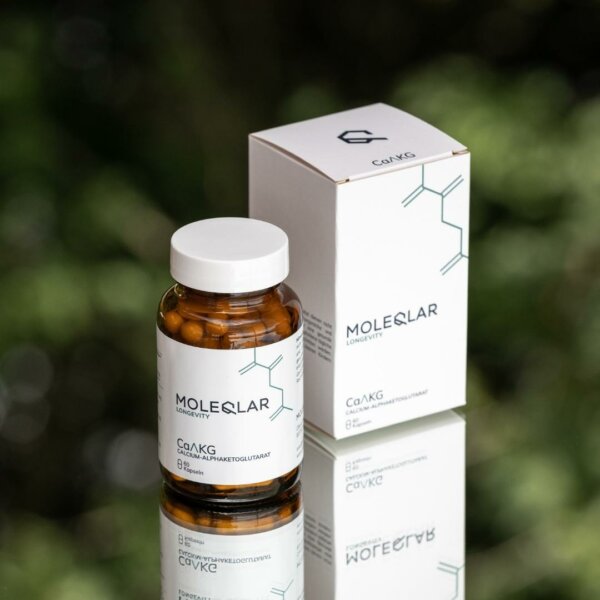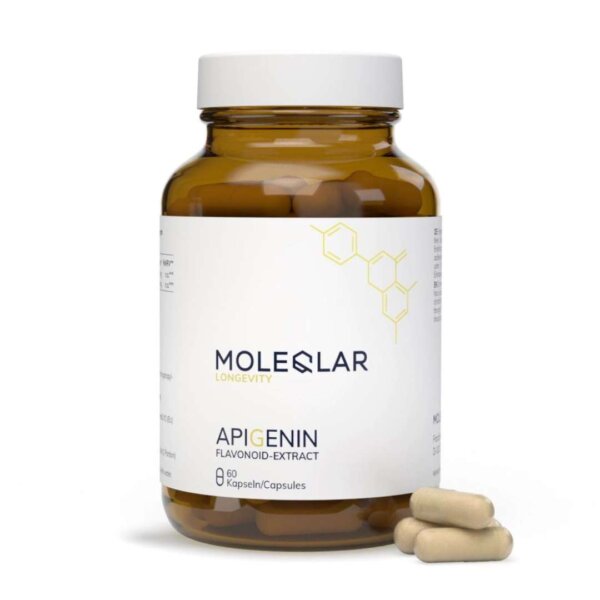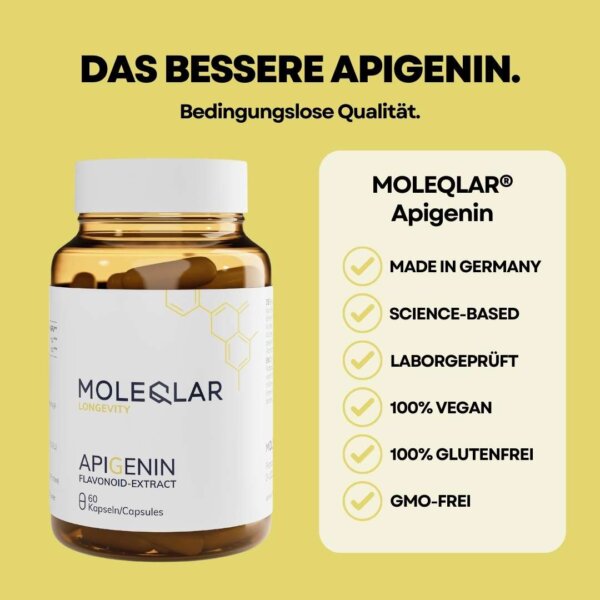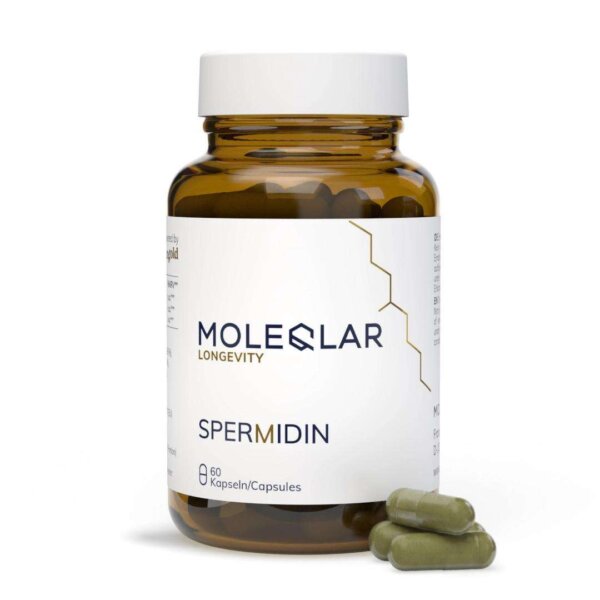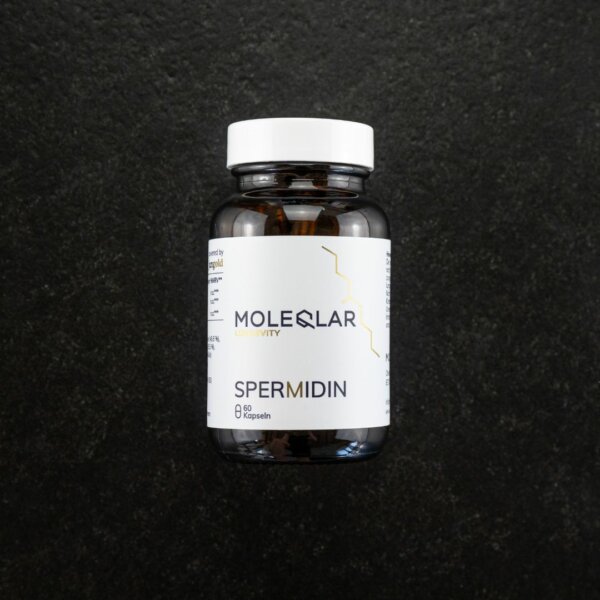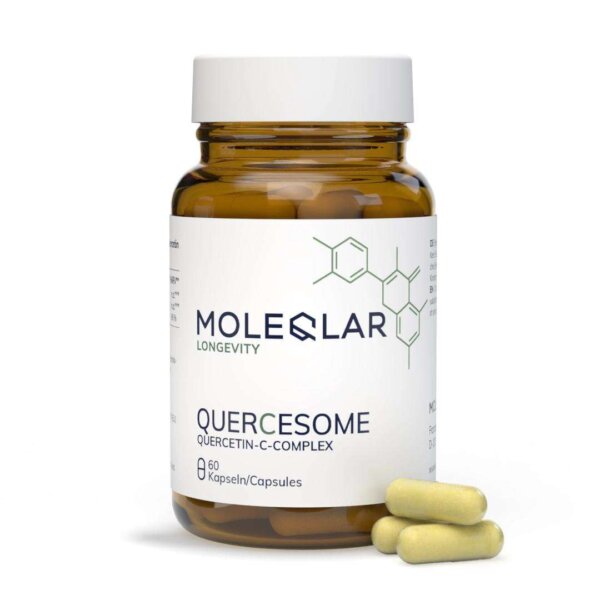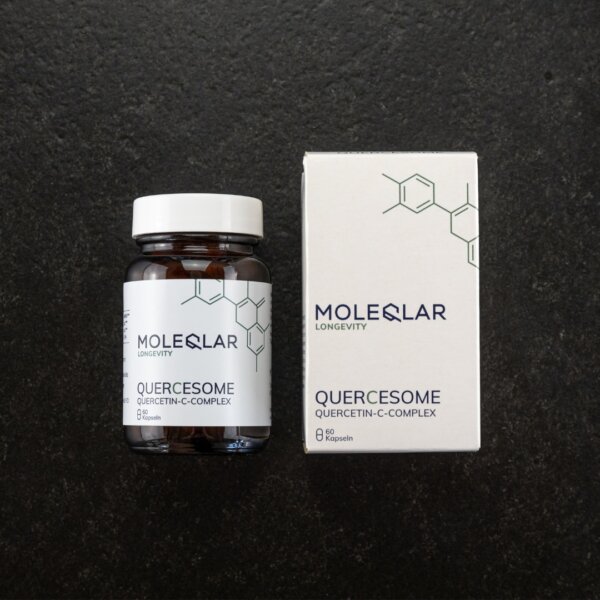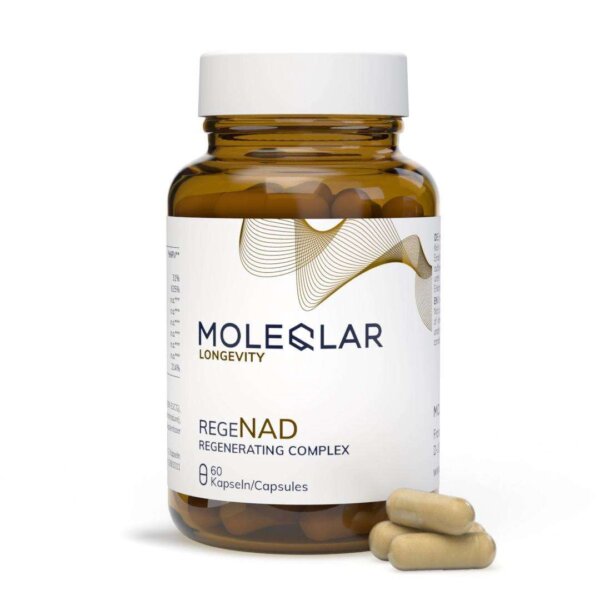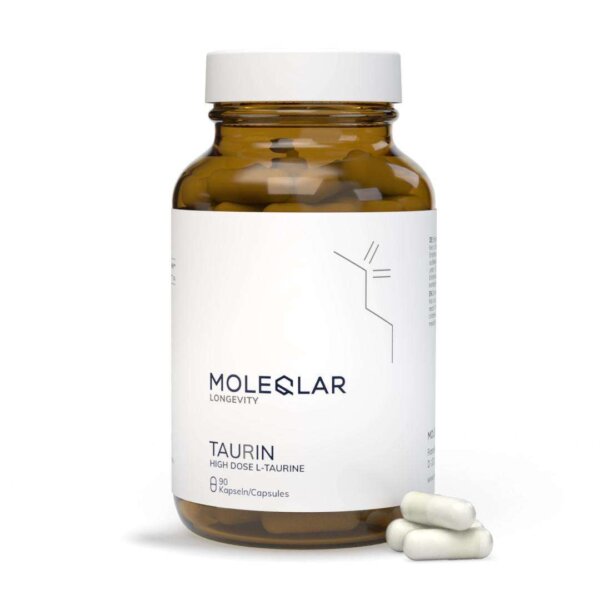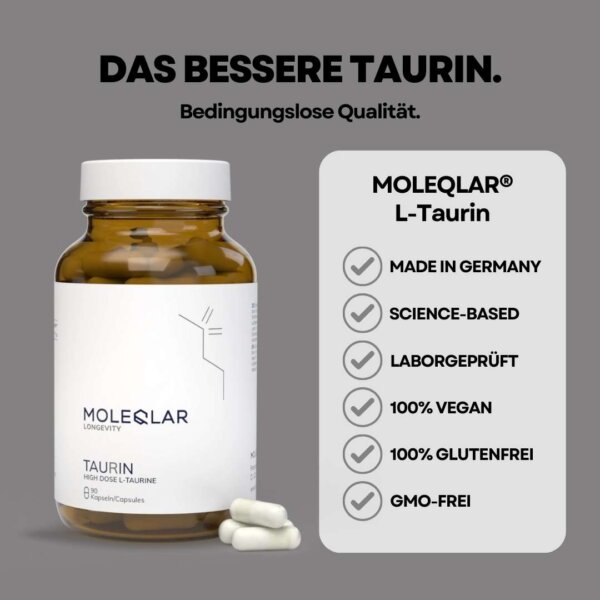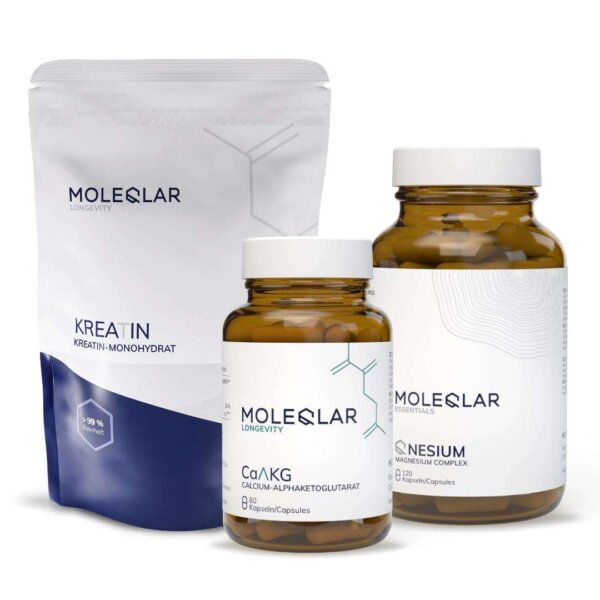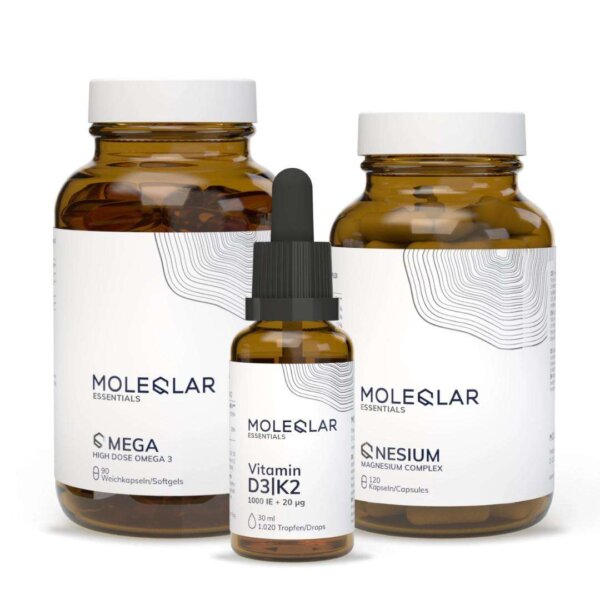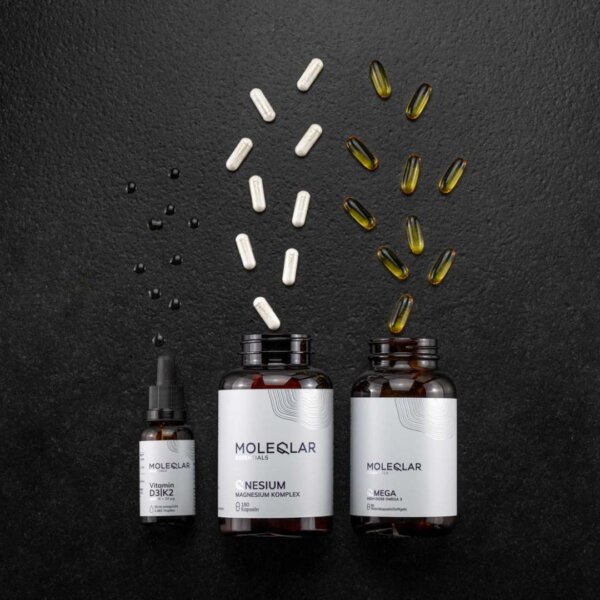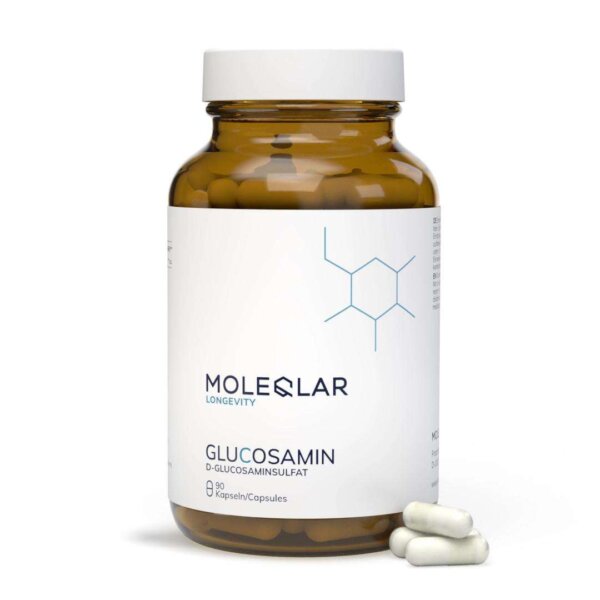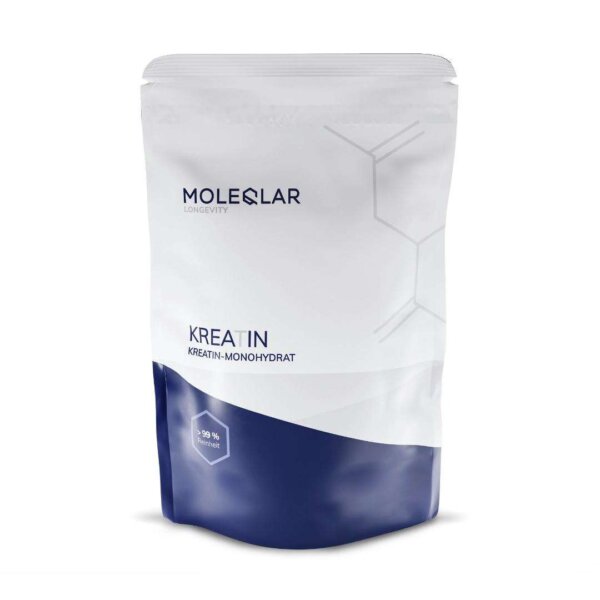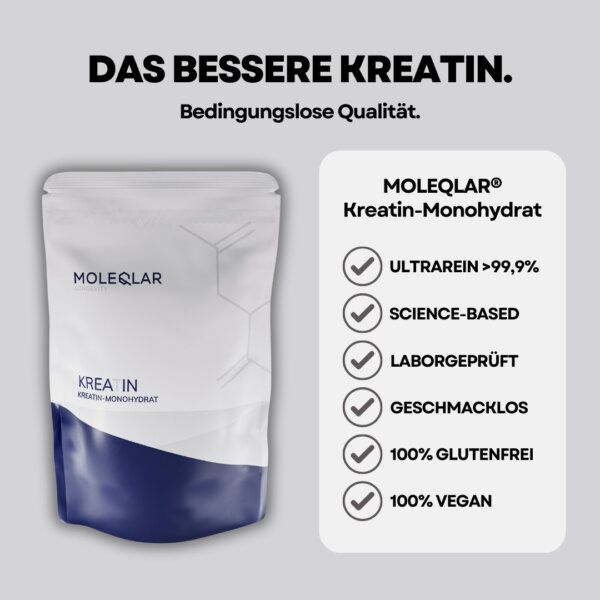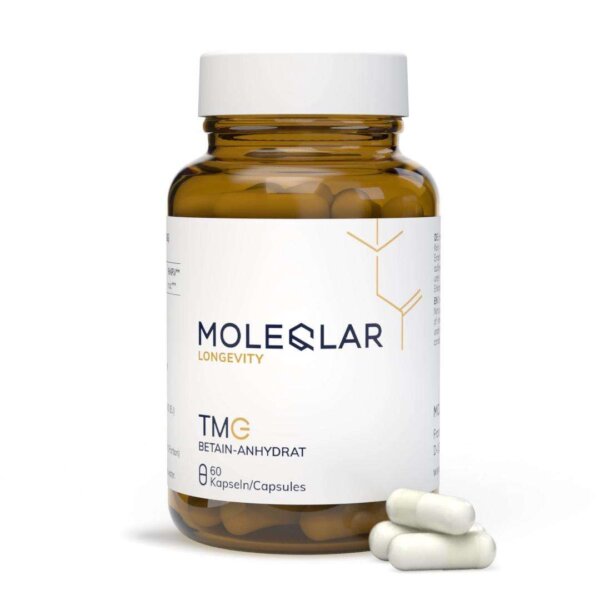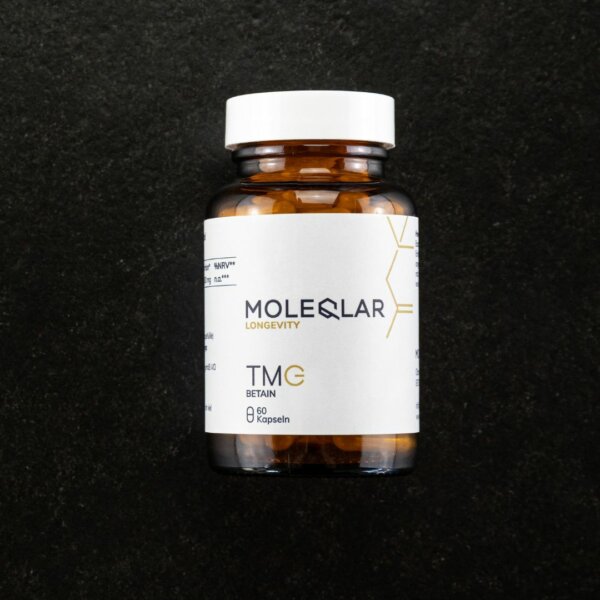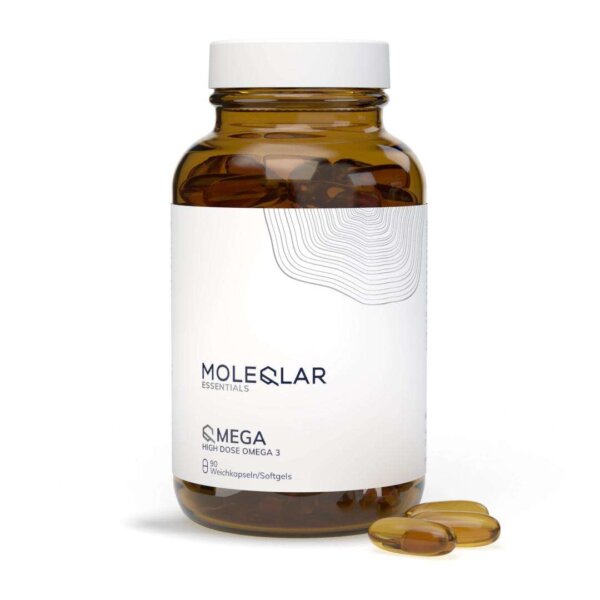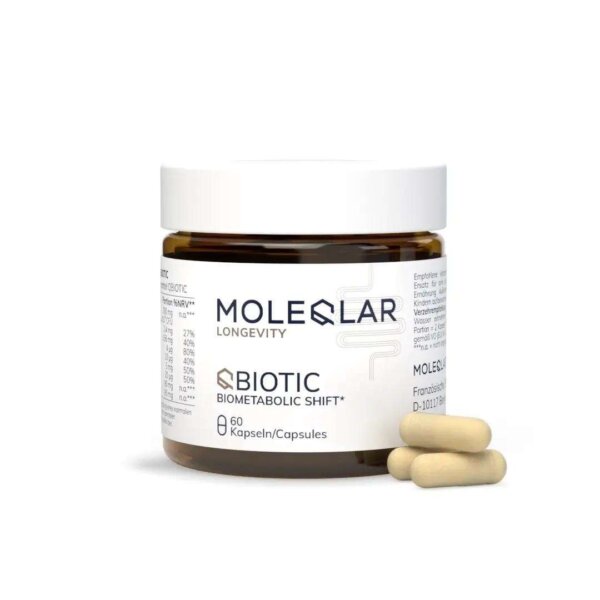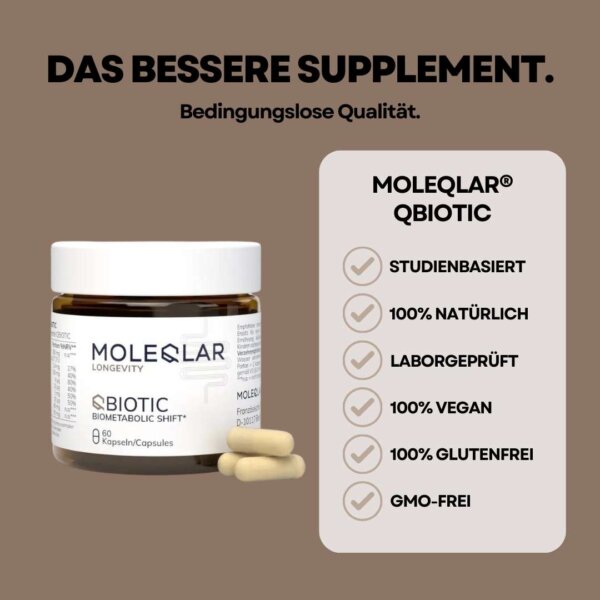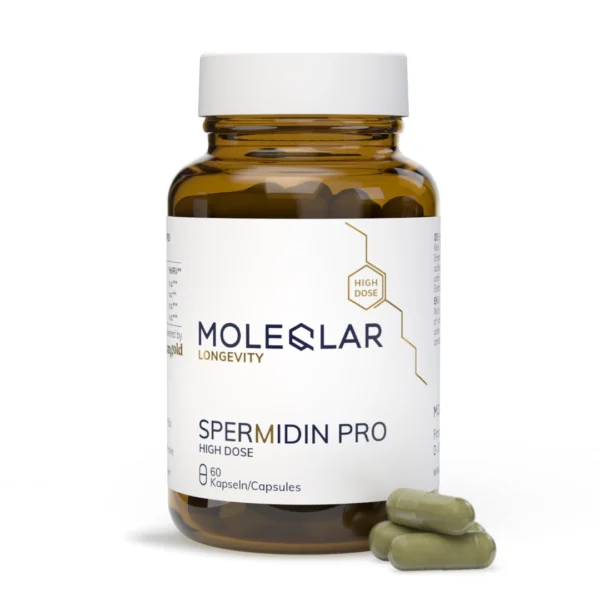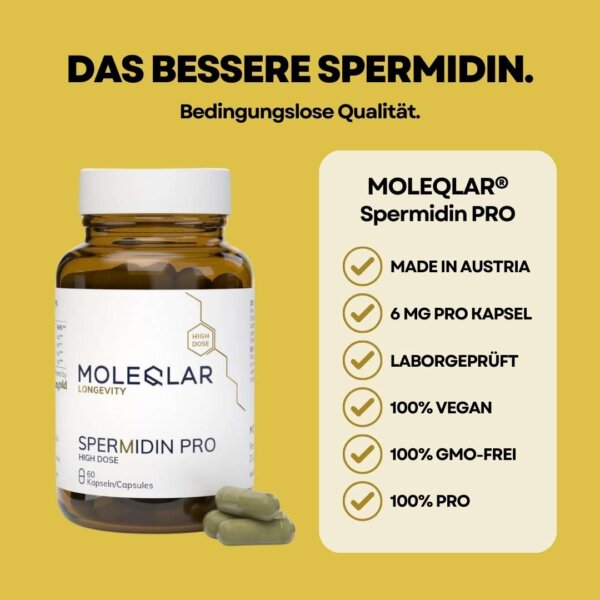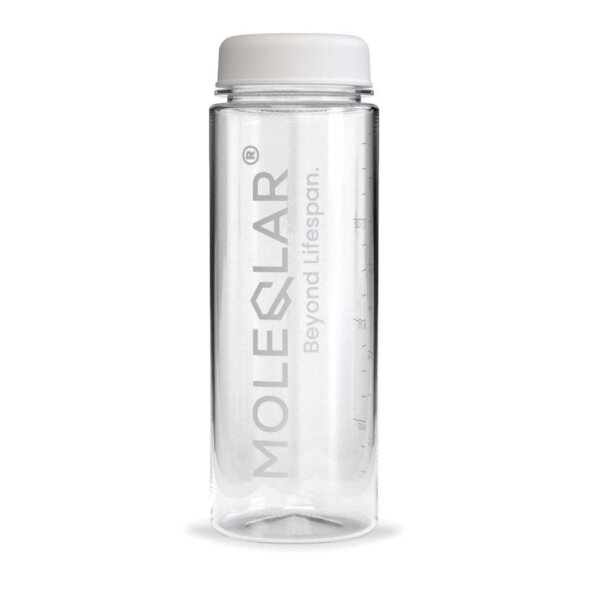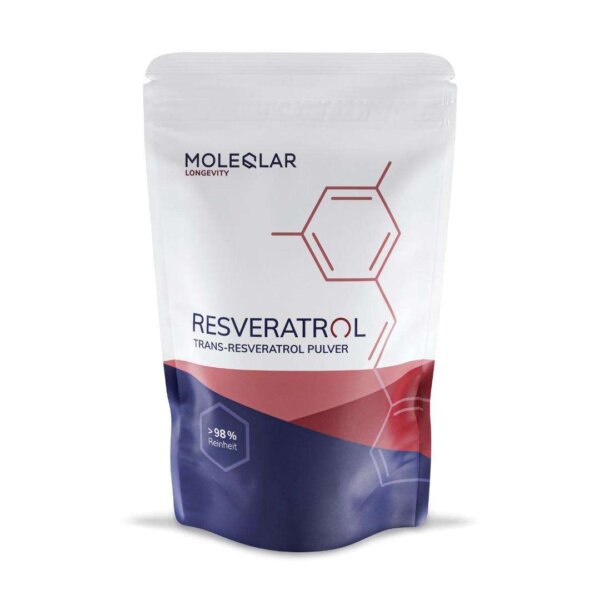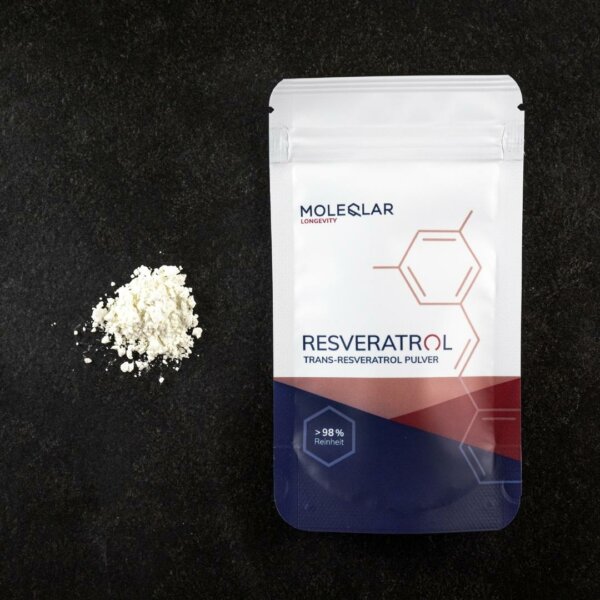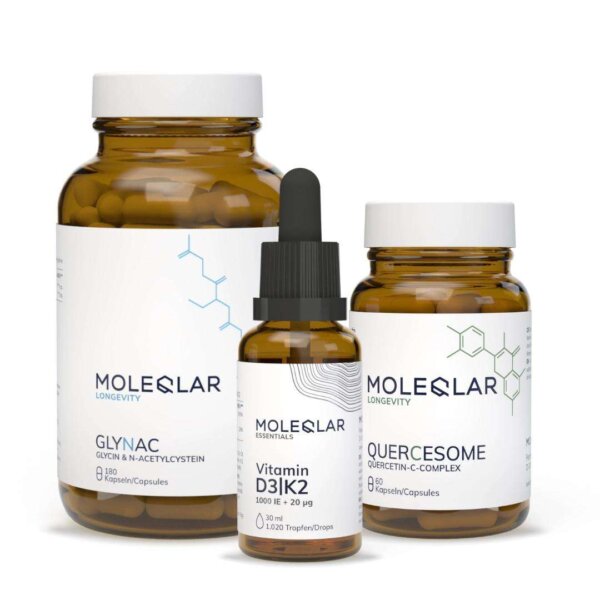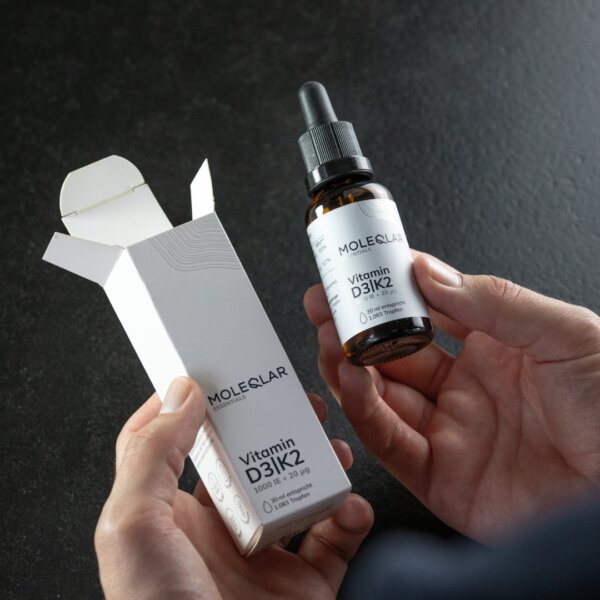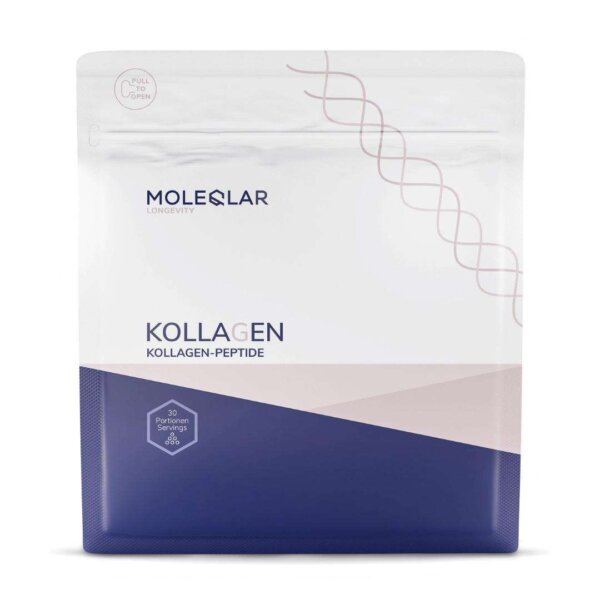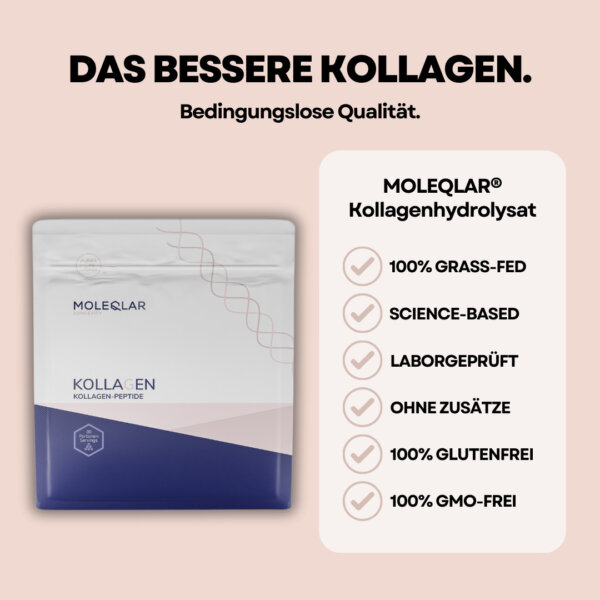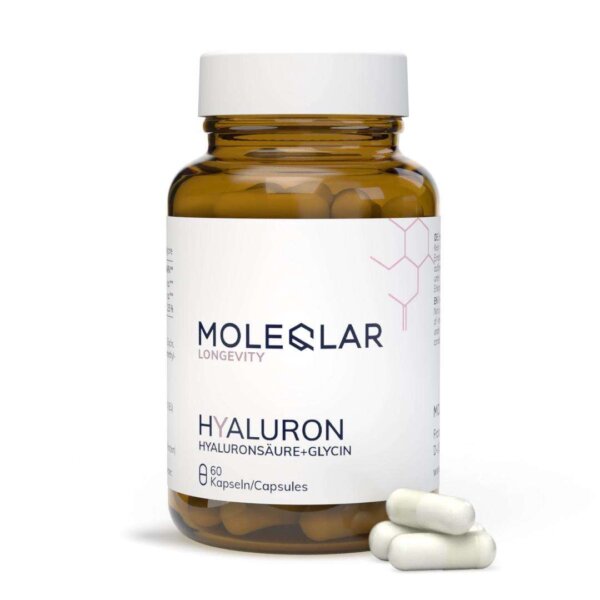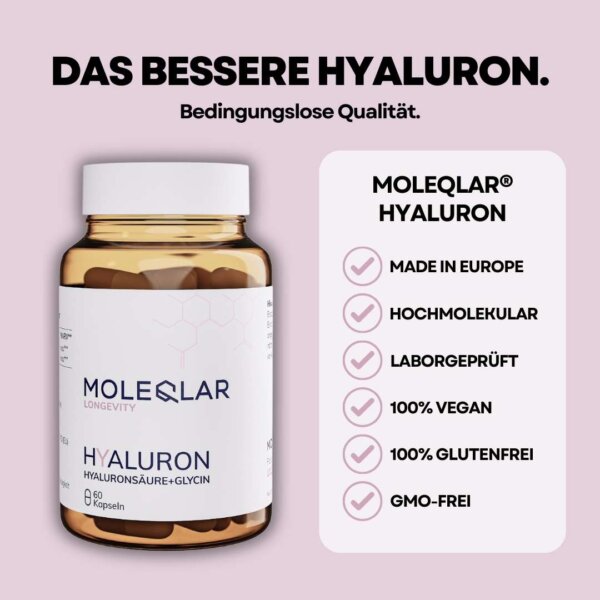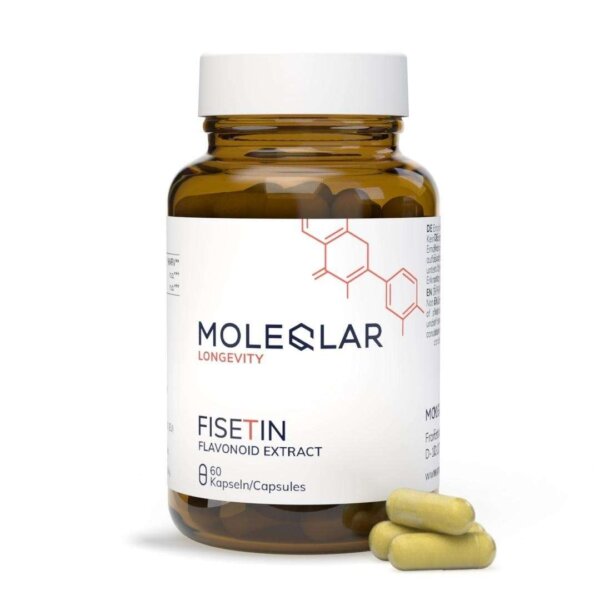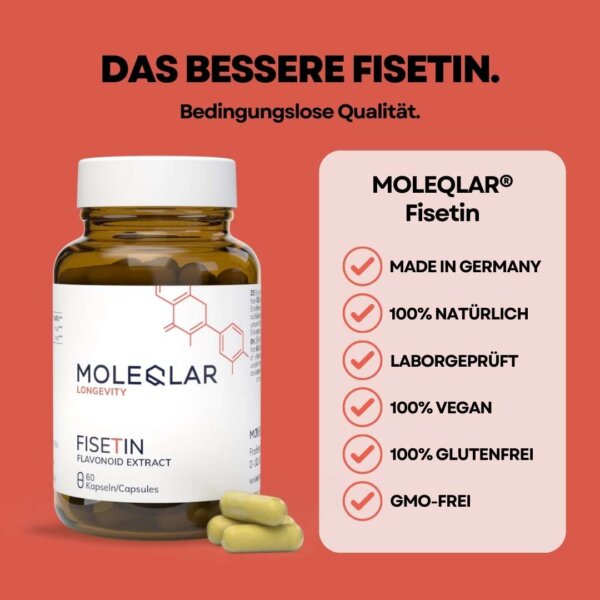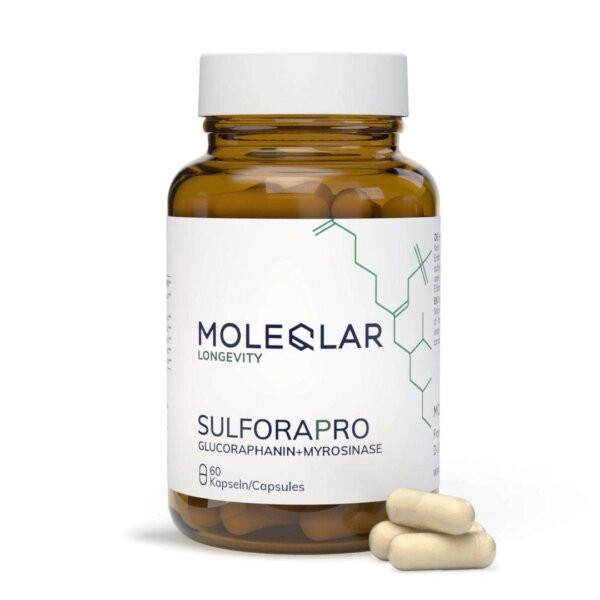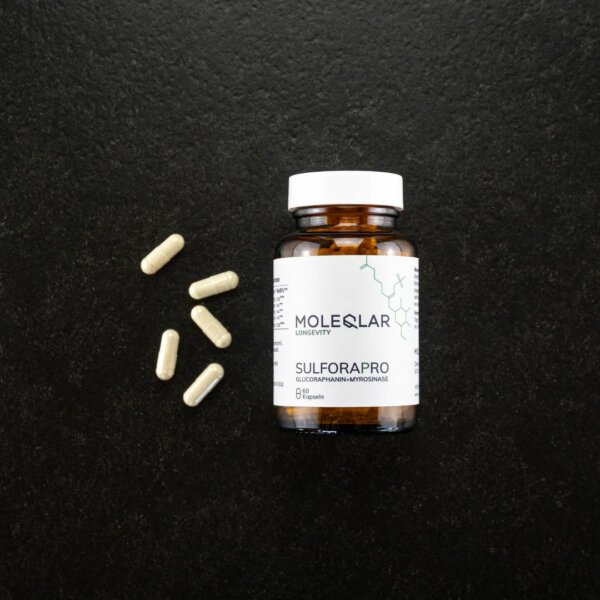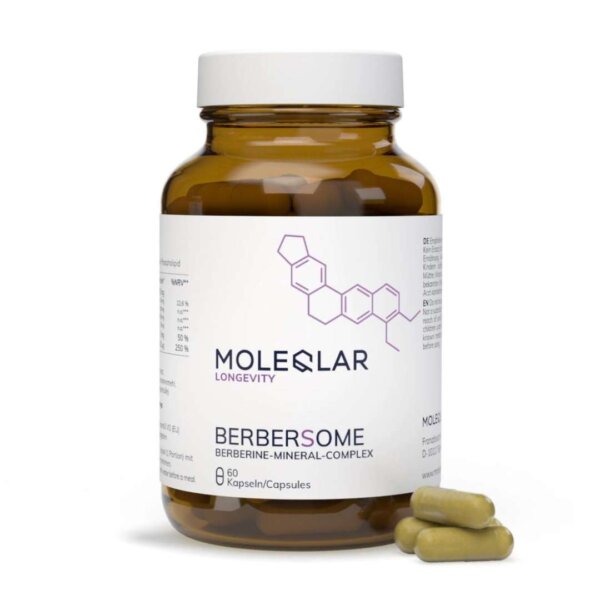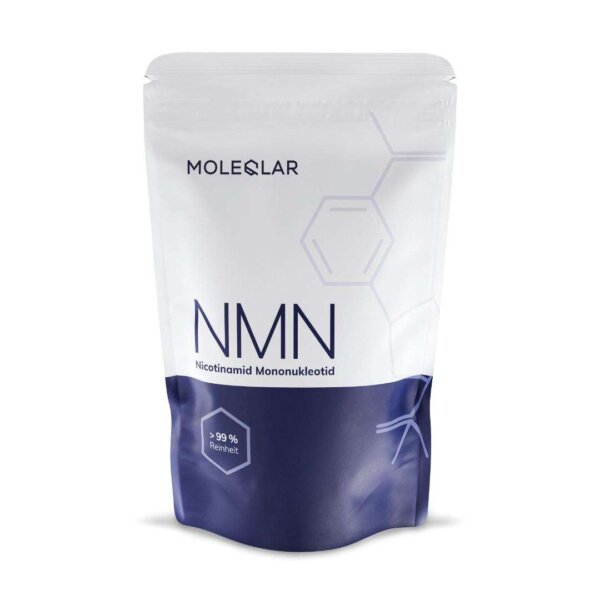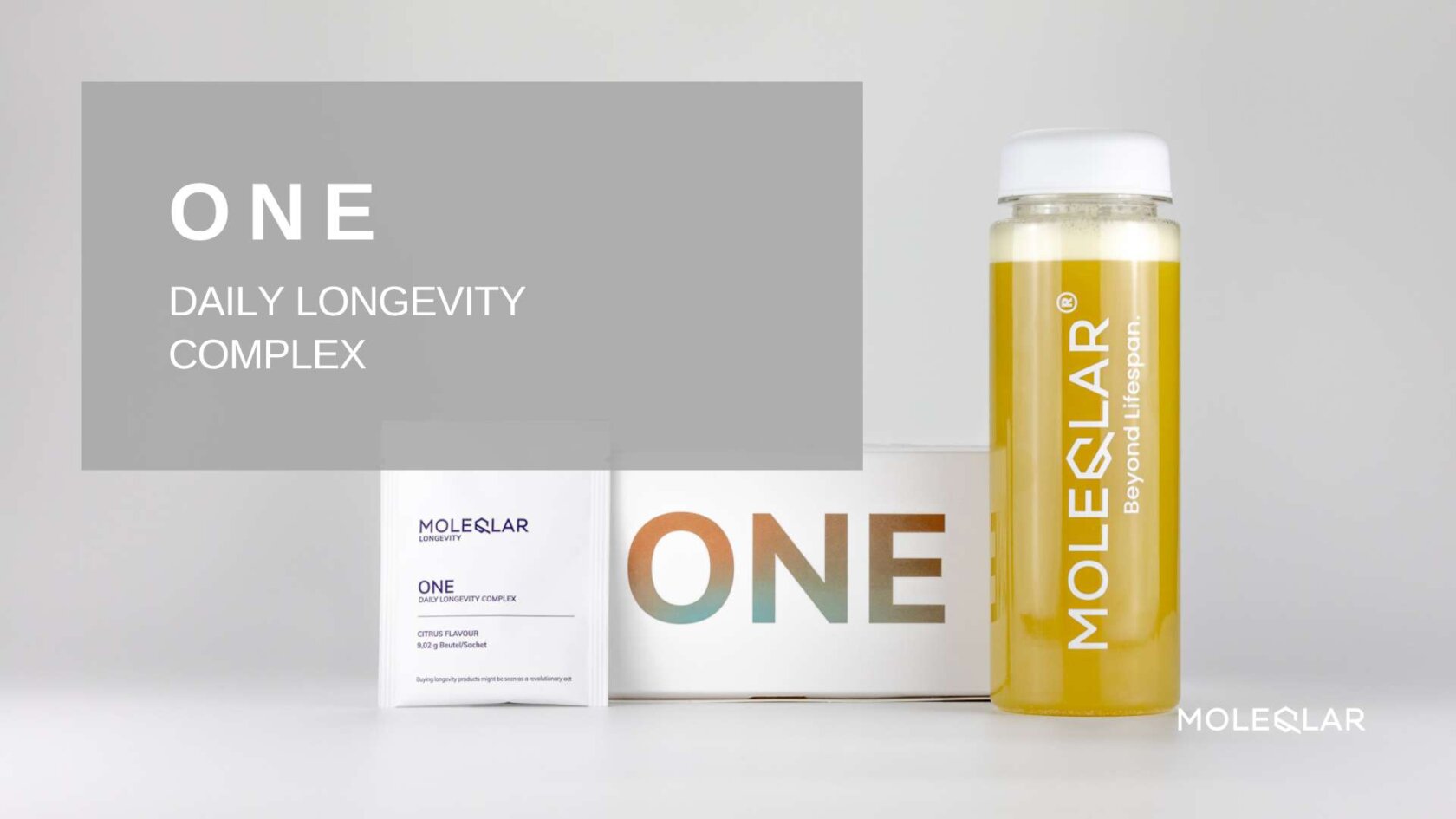Tea - so simple and yet so versatile. Leaves, buds, roots, stems or fruits brewed with hot water. Green tea, black tea, herbal tea, fruit tea and many more. Preparation methods, drinking cultures and ceremonies differ according to region and tradition. While varieties such as winter magic, hot love or stomach fine can be found on our tea shelves, in many long-established tea regions only black and green tea are considered true versions. These are made from the Camellia sinensis plant and differ only in the way they are produced. In this article, we will first look at these "classic" teas and their health effects.
Production and ingredients
The taste of green and black tea differs significantly, although both varieties have their origin in the same plant. First, the harvested leaves are dried. The decisive step is the subsequent rolling and fermentation. During rolling, the cell walls are broken open to release the contents of the plant cell. During fermentation, the tea leaves oxidise. In the case of black tea, the leaves are completely oxidised and rolled beforehand, whereas green tea is not fermented at all.
The different fermentation stages have a great effect on the composition of the ingredients in tea. As you probably know, tea also has a high caffeine content.
In its dry form, it has a higher content than coffee, but since it is usually infused with more water, the proportion in the brewed drink is reduced.
Just like coffee (more on that in this article), tea has thousands of different ingredients that interact to have different effects on our bodies. Let's first take a look at the most important ingredients of tea.
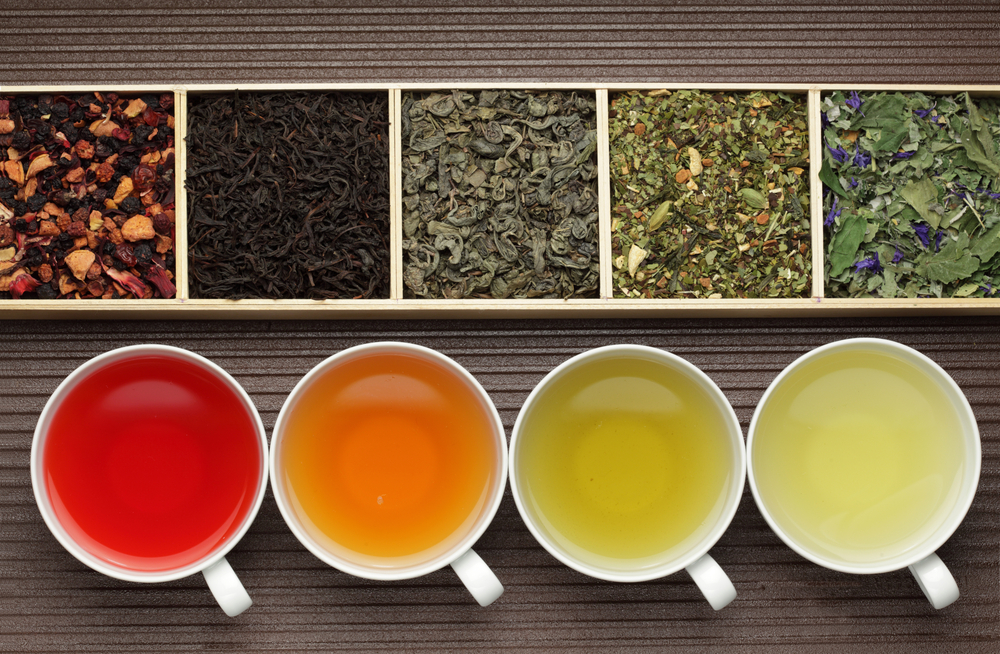
Caffeine
Caffeine in tea is often also called teein. The reason for this is the long-held assumption that the active stimulant substances in tea and coffee are different, yet related substances. In fact, the substances in tea and coffee are chemically the same and only differ in that they are bound differently in the plant. While caffeine in coffee can already be released and absorbed in the stomach, the caffeine in tea is only released in the intestine. This means that it takes effect later, but for longer.
Polyphenols
The fact that the caffeine can only be absorbed later is due to the polyphenols. These bind the caffeine, causing it to be released only in the intestine. Polyphenols are secondary plant substances that protect the plants themselves from predators, UV damage and oxidative stress. There are very many different molecules, some of which are found in varying concentrations in tea, depending on the variety. We will now take a closer look at two groups of these.
Catechins
The health-promoting effect of tea is mainly attributed to the catechins. They are antioxidants and reduce the negative effects of oxidative stress in our cells(read more at Antioxidant effect). However, catechins are mainly found in unfermented green tea. Although catechins are originally also components of black tea, they are transformed into theaflavins through fermentation.
Theaflavine
Theaflavins are mainly contained in black tea through fermentation and give it its reddish-yellow colour. Since theaflavins are formed from catechins, they also have similar effects. However, the molecules are much larger than the catechins and can therefore be absorbed more slowly by the body. Studies have shown that both theaflavins and catechins can reduce the risk of infection with HIV and covid-19.
Amino acids
Amino acids are naturally present in all organisms as building blocks of proteins. In tea, they primarily have an influence on the taste. The non-proteinogenic amino acid L-theanine (i.e. not a component of proteins) seems to play a large part in the effect of tea and is not found in any other plant.
Theanin
Besides the uplifting effect of caffeine, tea also has a calming effect. This comes mainly from theanine. Structurally, it resembles the excitatory neurotransmitter glutamate, which is why most studies on theanine refer to its neuronal effect. In high doses, theanine lowers blood pressure and has been shown to have a positive effect on mental relaxation. And those who are less stressed are known to be healthier and live longer.
Antioxidant effect
Many foods are said to have a health-promoting effect due to antioxidants. This also applies to some polyphenols in tea. Have you read our article about the effect of the antioxidant resveratrol(link to article)? There you will learn what antioxidants are and why they have a positive effect on our cell health. In a nutshell, cells are constantly in a state of stress when energy levels are high. This stress creates radicals that are harmful to cellular components. Antioxidants can bind these radicals so they no longer cause damage. Some polyphenols of tea - especially of unfermented green tea - have an antioxidant effect and have a protective effect on our cells and thus for our health.
Autophagy-promoting effect
In the third part of the Hallmarks of Health series(link to article), we explain, among other things, the process of autophagy as a health-promoting cellular mechanism. Now you may be wondering what this has to do with tea? Quite a bit, because in cell studies, catechin from tea was able to activate autophagy in cells. In the process of autophagy, the body recycles its own components to protect itself from damage. Autophagy is an important ingredient for the health of our cells, as constant scrap deposition would be detrimental to our bodies. Recycling in the form of autophagy regularly empties the tons of our cells. Therefore, if catechin can activate autophagy in cells, we can hope for a positive effect of green tea on our health.
Anticarcinogenic effect
The effects of tea on different types of cancer are among the best studied. In general, tea - especially green tea - has a protective effect against cancer. A large part of this protective effect is certainly due to the antioxidants. But the regulation of other systems in our body by the many ingredients of tea can also lead to a reduction in the incidence of cancer in regular tea drinkers. Both epidemiological studies and studies on animal models prove the connection between drinking tea and a lower risk of cancer.
Effect on the cardiovascular system
The connection between green tea polyphenols and the risk of cardiovascular diseases was already investigated in the 1990s. At that time, the search for a connection came to nothing. In 2018, it was the turn of catechins in animal studies. From the results of this study, one can certainly deduce that the catechins in green tea protect against heart problems. However, a human study would still be needed to make the leap to us humans. However, apart from the advantage of a tasty warm drink on cold and tired days, there are plenty of other reasons to reach for tea.
Other tea varieties
In addition to the variety of classic tea culture, there are other brewed drinks that are more or less similar to classic tea. Matcha tea, which we usually drink as a hip matcha latte and can easily recognise by its light green colour, consists of ground green tea. The ingredients are therefore similar, but all the ingredients are consumed in a much higher dose. Mate tea, which is very common in South America, is more often drunk in this country as a sweetened cold drink. The tea also contains caffeine, but there is much disagreement about its health effects. On the one hand, mate drinkers have a higher risk of various types of cancer, on the other hand, laboratory tests have clearly shown that components of the drink can also kill cancer cells.
Surely you are familiar with the variety on our tea shelves. With so many types of tea, science probably can't keep up with examining all of them for their health effects. What they all have in common, however, is that they are mostly plants with a large surface area. Consequently, the plants are exposed to a greater risk of absorbing fine substances from the environment, which we in turn ingest when preparing and drinking the tea. Therefore, regardless of the variety of tea, we strongly recommend paying attention to the quality.
The effect of the teas mostly depends on the secondary plant substances and these differ greatly between different leaves, plants, buds and flowers. Once you have found the right tea for you and your body, don't burn your tongue in anticipation of the tea and its healing effects!
Literature:
Liu, S. et al. Theaflavin derivatives in black tea and catechin derivatives in green tea inhibit HIV-1 entry by targeting gp41. Biochim. Biophys. Acta - Gen. Subj. 1723, 270-281 (2005).
Li, F. et al. Perspectives on the recent developments with green tea polyphenols in drug discovery. Expert Opin Drug Discov 13, 643-660 (2018).
Dou, Q. P. nutrients Editorial Tea in Health and Disease. (2019). doi:10.3390/nu11040929
Khan, N. & Mukhtar, H. Tea Polyphenols in Promotion of Human Health. doi:10.3390/nu11010039
Polito, C. A. et al. Association of Tea Consumption with Risk of Alzheimer's Disease and Anti-Beta-Amyloid Effects of Tea. doi:10.3390/nu10050655
Dou, Q. P. nutrients Editorial Tea in Health and Disease. (2019). doi:10.3390/nu11040929
Kochman, J., Jakubczyk, K., Antoniewicz, J., Mruk, H. & Janda, K. molecules Health Benefits and Chemical Composition of Matcha Green Tea: A Review. (2020). doi:10.3390/molecules26010085
Khan, N. & Mukhtar, H. Tea Polyphenols in Promotion of Human Health. doi:10.3390/nu11010039
Unno, K. & Nakamura, Y. Green Tea Suppresses Brain Aging. Molecules 26, (2021).
Compounds in mate tea induce death in colon cancer cells, in vitro study shows - ScienceDaily. Available at: https://www.sciencedaily.com/releases/2012/01/120123115539.htm. (Accessed: April 4, 2022)
Kamangar, F., Schantz, M. M., Abnet, C. C., Fagundes, R. B. & Dawsey, S. M. High Levels of Carcinogenic Polycyclic Aromatic Hydrocarbons in Mate Drinks. (2008). doi:10.1158/1055-9965.EPI-08-0025
Li, W. et al. EGCG stimulates autophagy and reduces cytoplasmic HMGB1 levels in endotoxin-stimulated macrophages. doi:10.1016/j.bcp.2011.02.015
Prasanth, M. I., Sundaram Sivamaruthi, B., Chaiyasut, C. & Tencomnao, T. A Review of the Role of Green Tea (Camellia sinensis) in Antiphotoaging, Stress Resistance, Neuroprotection, and Autophagy. Nutrients 11, 474 (2019).
Graphics:
The images have been acquired under licence from Shutterstock.com and Canva and are marked accordingly.
